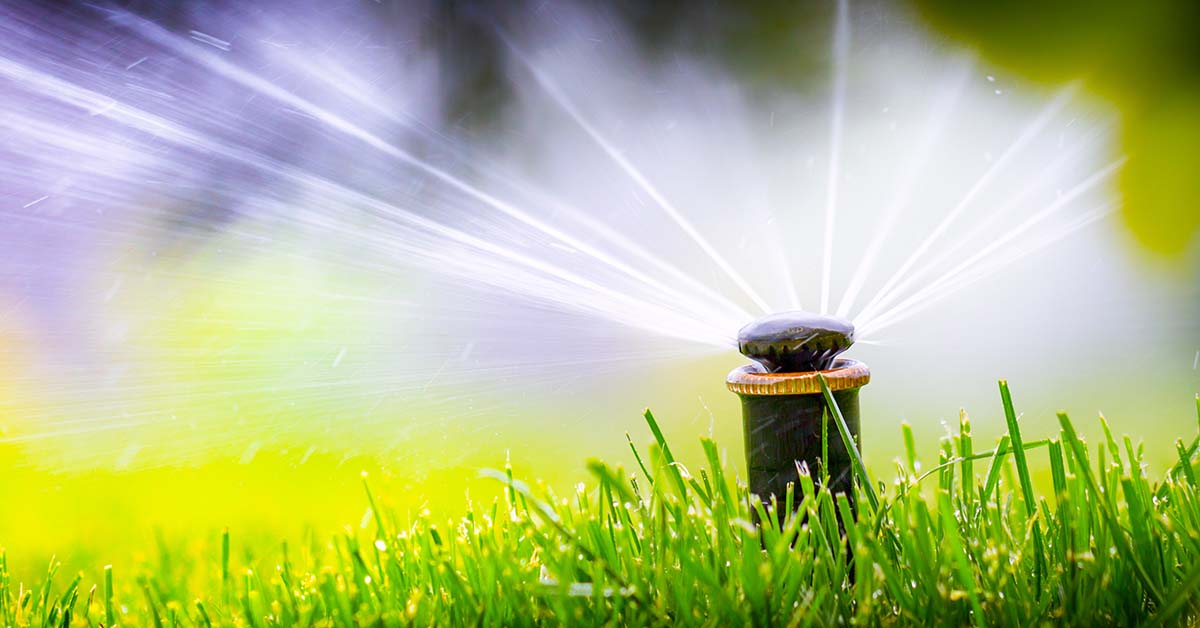Save Your Money By Being Your Own Handyman
The information in this article about home improvement tips and tricks will surely help you get started with many of……
Sprinkler Systems
The information in this article about home improvement tips and tricks will surely help you get started with many of……

Sprinkler Systems are proven to reduce life and property loss compared to buildings without them. They also increase the sale……